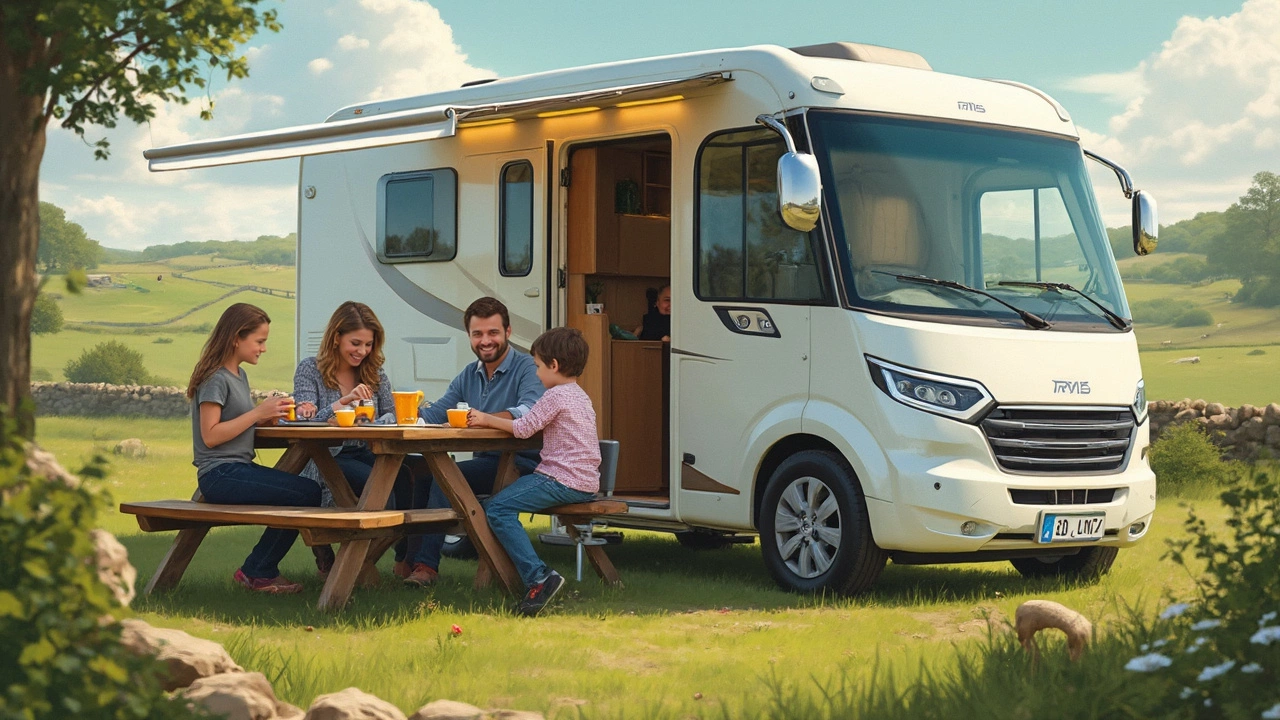Fulltime RV Living: What You Need to Know Before Hitting the Road
If you’re thinking about swapping a house for a motorhome, you’re not alone. More people are trading mortgages for mileage because the freedom feels worth it. But living fulltime in an RV isn’t just a weekend getaway – it’s a lifestyle that needs planning, money smarts, and a few habits you might not have thought about.
Pick the Right Motorhome for Everyday Life
Start with the vehicle itself. Class A rigs give you space but cost more to fuel and park. Class C models are a sweet spot – they’re easier to drive, still have a bedroom, kitchen, and bathroom, and they fit into more campsites. Look at slide‑outs, storage capacity, and how easy it is to slide in and out of tight spots. If you plan to stay put for weeks, a larger tank and extra insulation are worth the extra cash.
Don’t forget the basics: a reliable engine, good road‑side assistance, and a warranty that covers the parts you’ll use most. A quick test drive on a highway and a short stay in a campground will reveal any hidden issues before you commit.
Budget Like a Pro – Money Matters on the Move
Fulltime RV life can be cheaper than a mortgage, but only if you track expenses. Fuel is your biggest variable – calculate miles per gallon and plan routes that limit back‑tracking. Campsite fees range from free wild spots (where they’re allowed) to premium sites with full hookups; budget $30‑$70 per night for average sites and $100+ for luxury spots.
Don’t ignore insurance, maintenance, and unexpected repairs. Set aside at least $150 a month for routine service and another $100 for surprise fixes. Add a modest internet plan – many fulltimers use a mobile hotspot and a data plan that costs around $50 a month.
Food costs can drop when you cook in your kitchen instead of eating out. Stock up on non‑perishables, use a portable grill for fresh meals, and keep a small cooler for leftovers. Over time, you’ll see the savings pile up.
Legal and safety issues matter too. In the UK, wild camping is restricted, so you’ll need to know which lands allow overnight stays. Many motorhome parks require a registration and a proof of insurance – keep those documents handy. If you plan to live in the RV for months, check local council rules about long‑term parking; some areas treat an RV as a static caravan and charge a small fee.
Finally, think about the day‑to‑day comforts. A good ventilation system stops condensation, a decent mattress makes those early mornings bearable, and a reliable water pump avoids bathroom surprises. Small upgrades like LED lighting and a solar panel can lower power costs and give you more independence.
Living fulltime in an RV isn’t a fantasy – it’s a practical choice for many who want flexibility. Pick the right rig, keep a tight budget, stay legal, and invest in comfort basics. With a bit of prep, you’ll enjoy the open road without the usual headaches.
RV Living Costs: How Much Does It Really Take to Live Fulltime in a Motorhome?
Curious about the real costs of living fulltime in an RV? This article breaks down actual expenses like site fees, utilities, travel, and insurance. Find out how different choices and habits can make or break your budget, and pick up simple tips to keep your costs in check. We'll look at what drives up costs and how full-timers save money. By the end, you'll know what to expect and how to avoid the most common money traps on the road.
